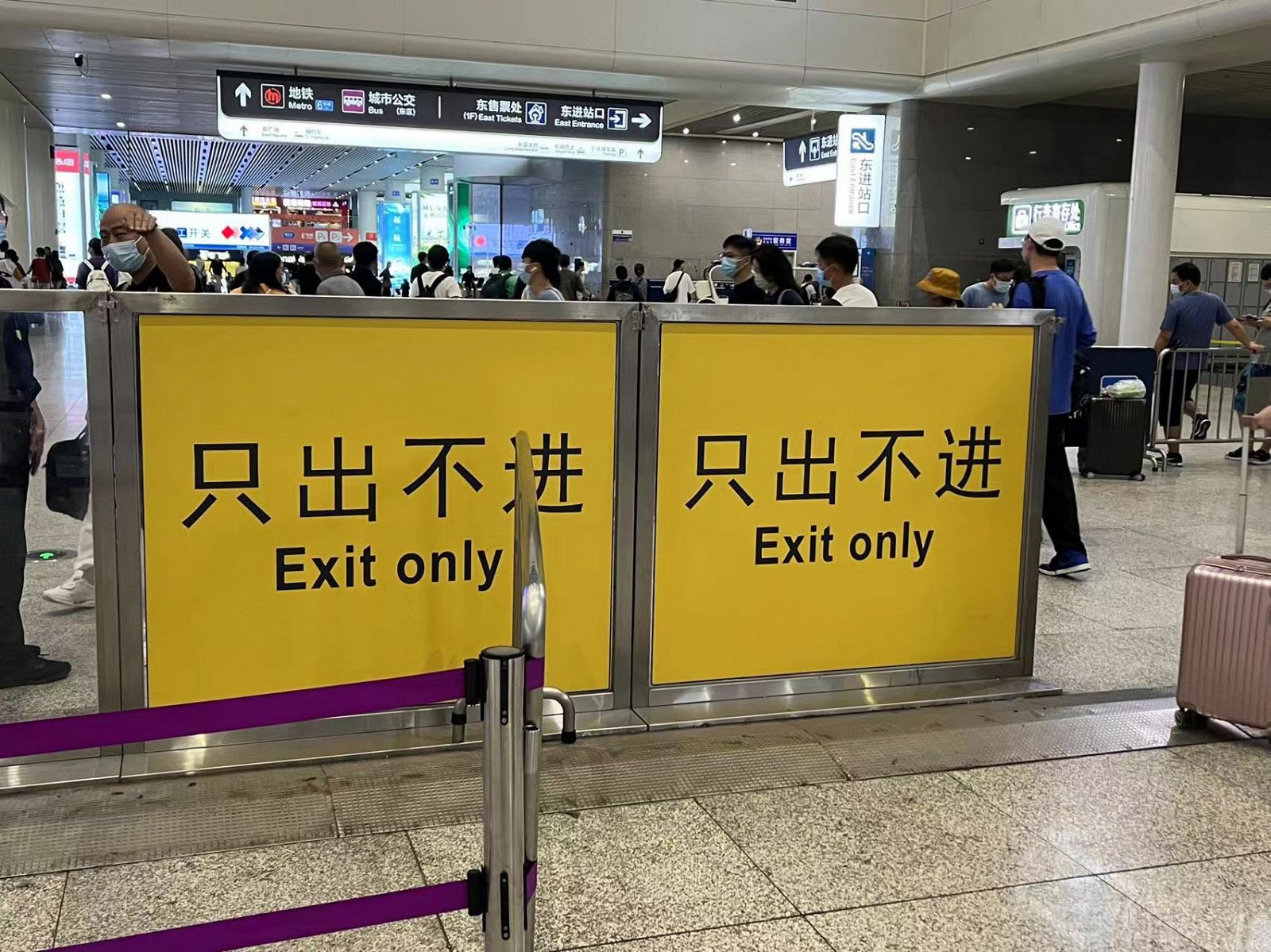Episode 1
Creators: Cao Fei, Fred Feng, Li Suchao, Gwendoline Cho-ning Kam, Yixin Tong, Wang Runzhong, Xu Sixing
Episode 2
Creators: Che Xuanqiao, Fang Chenchu, Guo Cheng, Mao Chenyu, Ren Ruoxi, Sheng Wenjia, Wang Liyun
Episode 3
Creators: 33EMYBW, Chen Yujian, Chang Yuchen, Hu Xiangqian, Huang Jiehua, Ye Xuecan, Zhang Hanwen
Episode 4
Creators:Chen Zhou, Huang Gemian, Lang Gangao, Payne Zhu, TENG, Boat Zhang, Zhao Mengsha
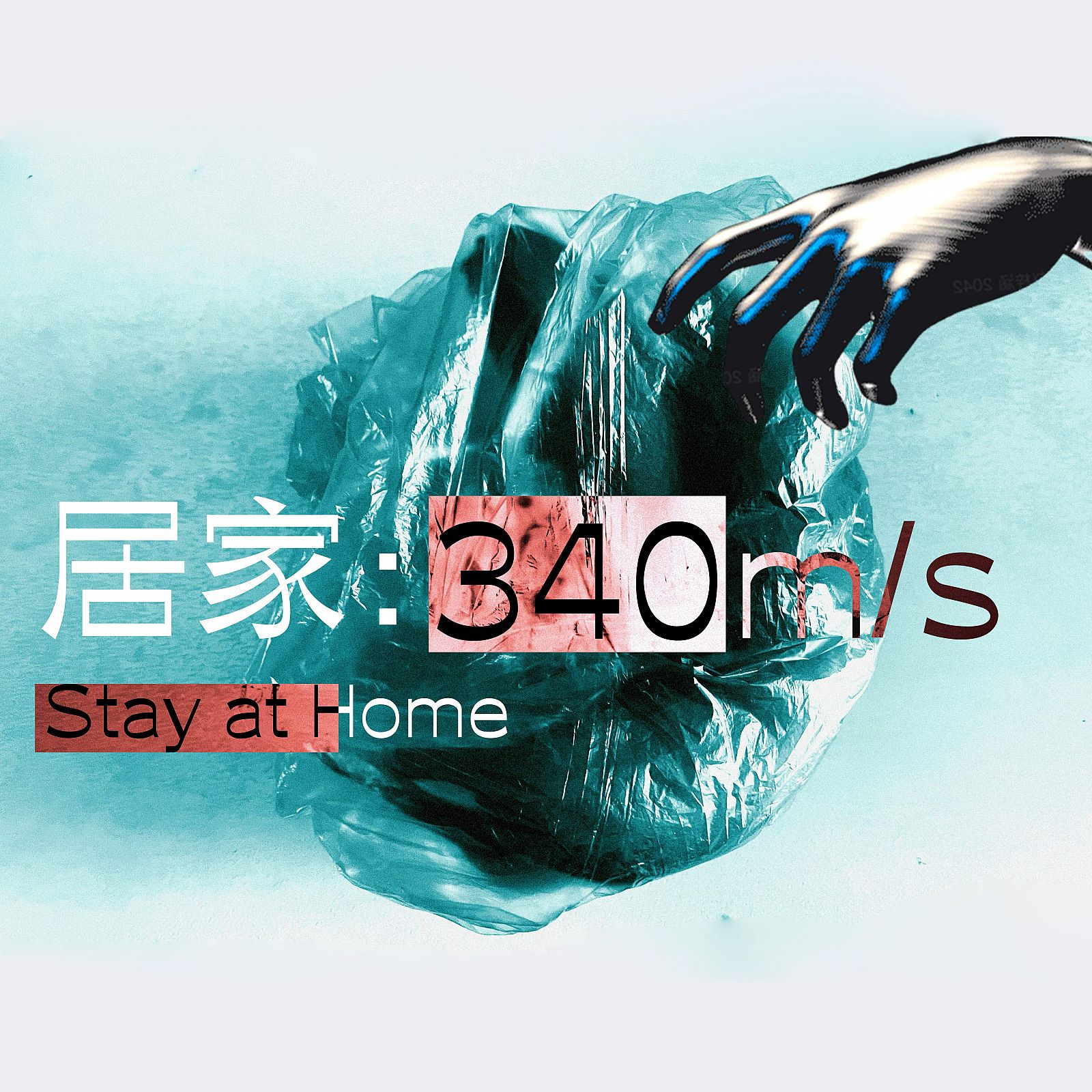
340m/s is the speed of sound in air. This spring and summer, against the backdrop of the epidemic in many major cities in China, MACA’s “Cacotopia” podcast project will continue to collect different voices from the art community in their daily life, and create a unique act by integrating these monologues, dialogues, and sounds from our environments. In each issue, we will ask 7 contributors from various locations to share their understandings of a same thematic keyword, as a testimony of the changing environmental and working conditions, as well as the impact on our lifestyle.
Stay at Home: 340m/s-Episode 1 Best-By Date
Stay at Home: 340m/s-Episode 2 My Myers-Briggs Personality Type
Stay at Home: 340m/s-Episode 3 Body Clock
Stay at Home: 340m/s-Episode 4 Trance
Stay at Home: 340m/s-Episode 1 Sound as the record of life
Stay at Home: 340m/s-Episode 2 My Myers-Briggs Personality Type
Stay at Home: 340m/s-Episode 3 Body Clock
Stay at Home: 340m/s-Episode 4 Trance
The theme for the first episode is “Best-By Date.” A best-by date is a beautiful promise and a fuzzy boundary. Things that have passed this date are not necessarily rotten, but they have entered into a layered state, leaving us with a dilemma, unable to make a judgement. All kinds of unnecessary red lines have turned our lives into an expired can of food. Only the one who eats it can know what it tastes like. In this episode, we have invited creators with different backgrounds to record life’s best-by dates in sound and commemorate those moments that cannot be preserved long-term.
Gwendoline Cho-ning Kam, independent curator, ethnomusicologist, aquarius, hongkonger
SOK! (from 1:40)
“In the past and ongoing 52+ days, we have become ‘quality’ Shanghai plastik that has been defined, authenticated, preserved, and ensured by plastic.” (Headphones recommended)
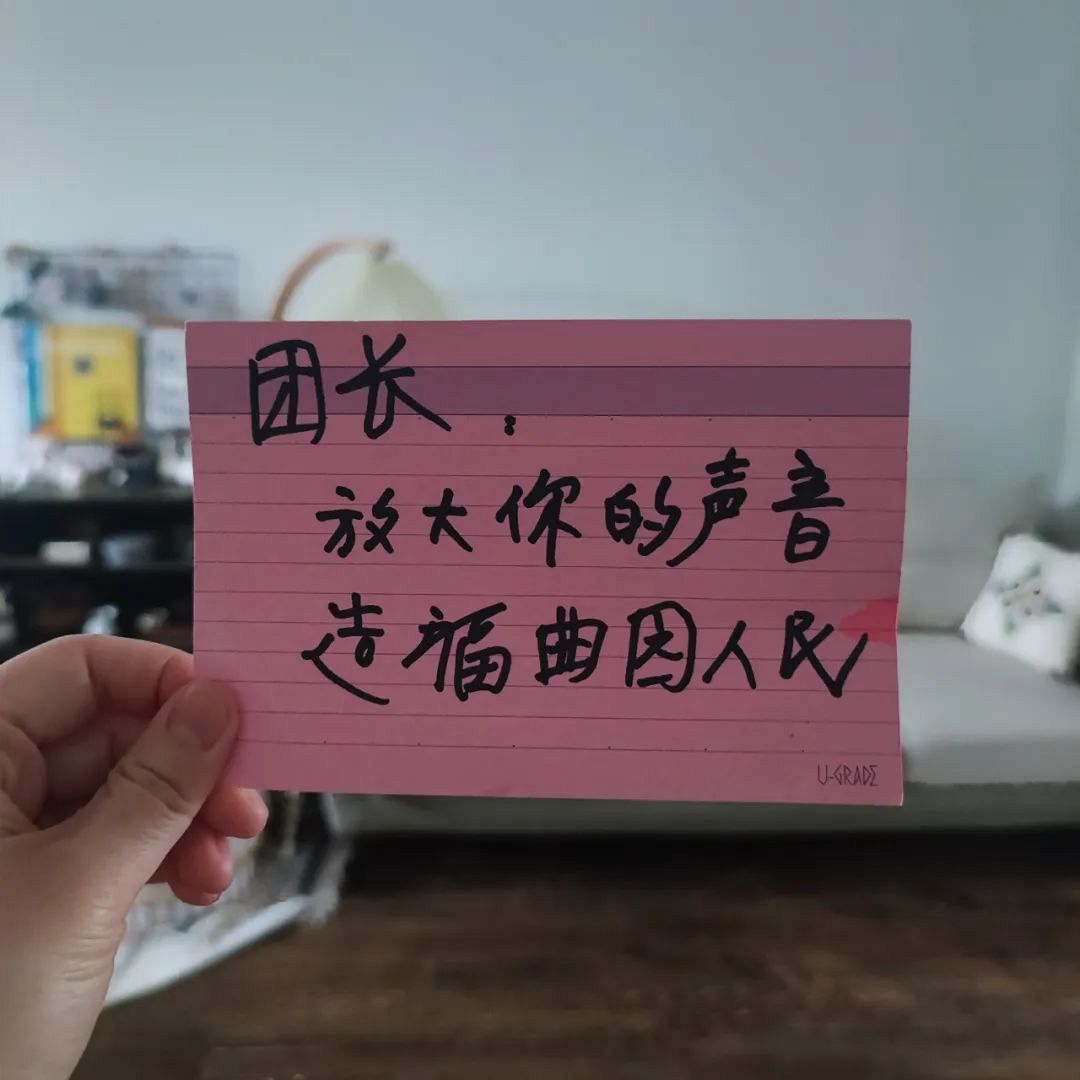
Wang Runzhong, new stay-at-home dad, image maker, drinker
WX: 20220517 (from 6:53)
“When my wife and I take inventory of the items that have been used up, are in short supply, or are expired but we’re still using, we also take the opportunity to talk about our recent feelings and emotions. I recorded this process, but I filtered out the voices with software, leaving only the noise.”

Yixin Tong, artist
Shanghai -> Beijing (from 11:57)
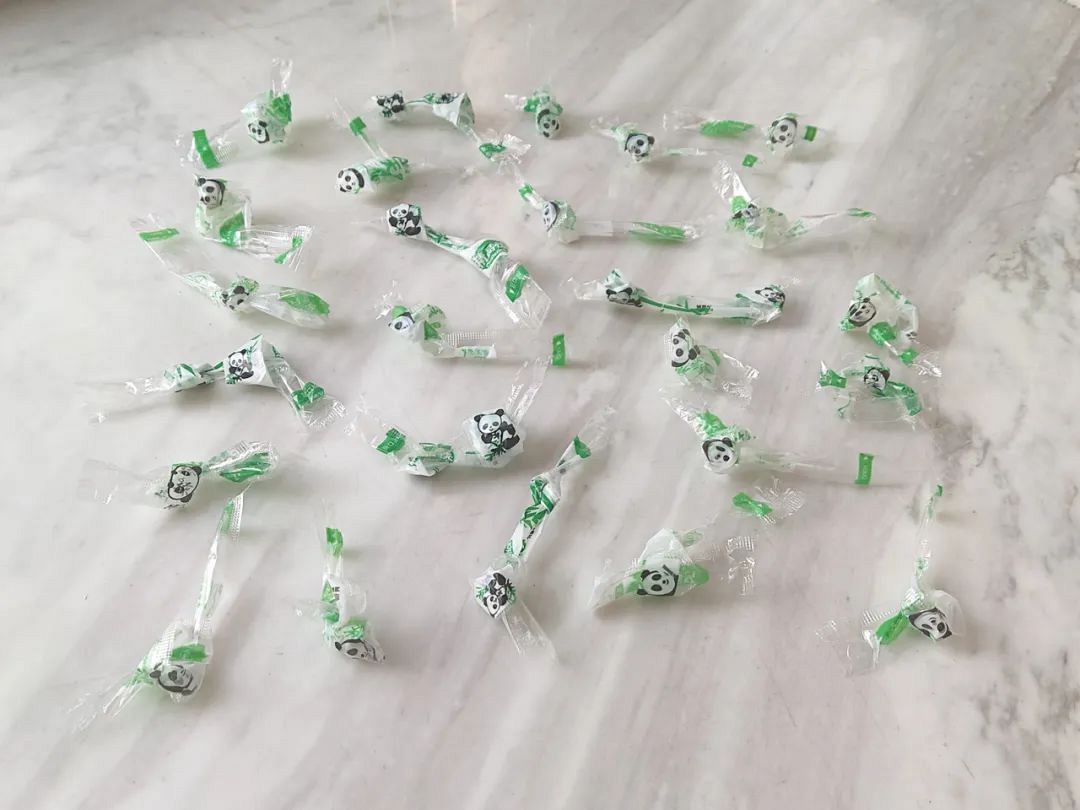
Cao Fei, artist
A Crow Called Grandma (from 14:17)
“I’m Lisu from Liuku / Liuku in Lushui / Lushui in Nujiang / Nujiang in Yunnan / I’m from Yunnan...” I was certainly surprised when my son suddenly came out with this bit of rap. Isn’t that the route we took in 2006 when we went to Nujiang? A regional flavor that I can’t control is being revived and growing wild in this warped reality. It has transcended the cultural confines of region and this unexpected trend has comforted everyone online in this special moment.”
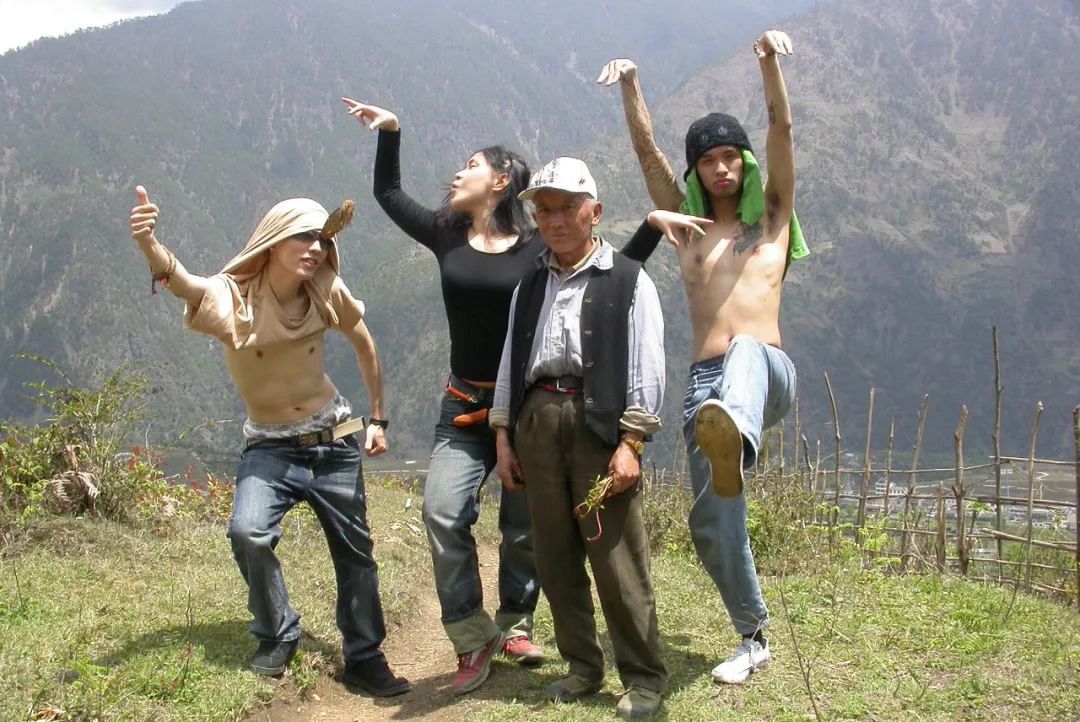
Xu Sixing, artist, sometime translator, sometime writer
Sounds from Last Month (from 16:14)
“I extracted a sound clip from a video, changed the file format to .raw, and opened it in Photoshop. I scribbled on the audio frequency image and saved it as a .raw file, then changed the file type to .mp3. Machines may not be able to read it based on the data sequence, but real people’s ears can always identify it.”
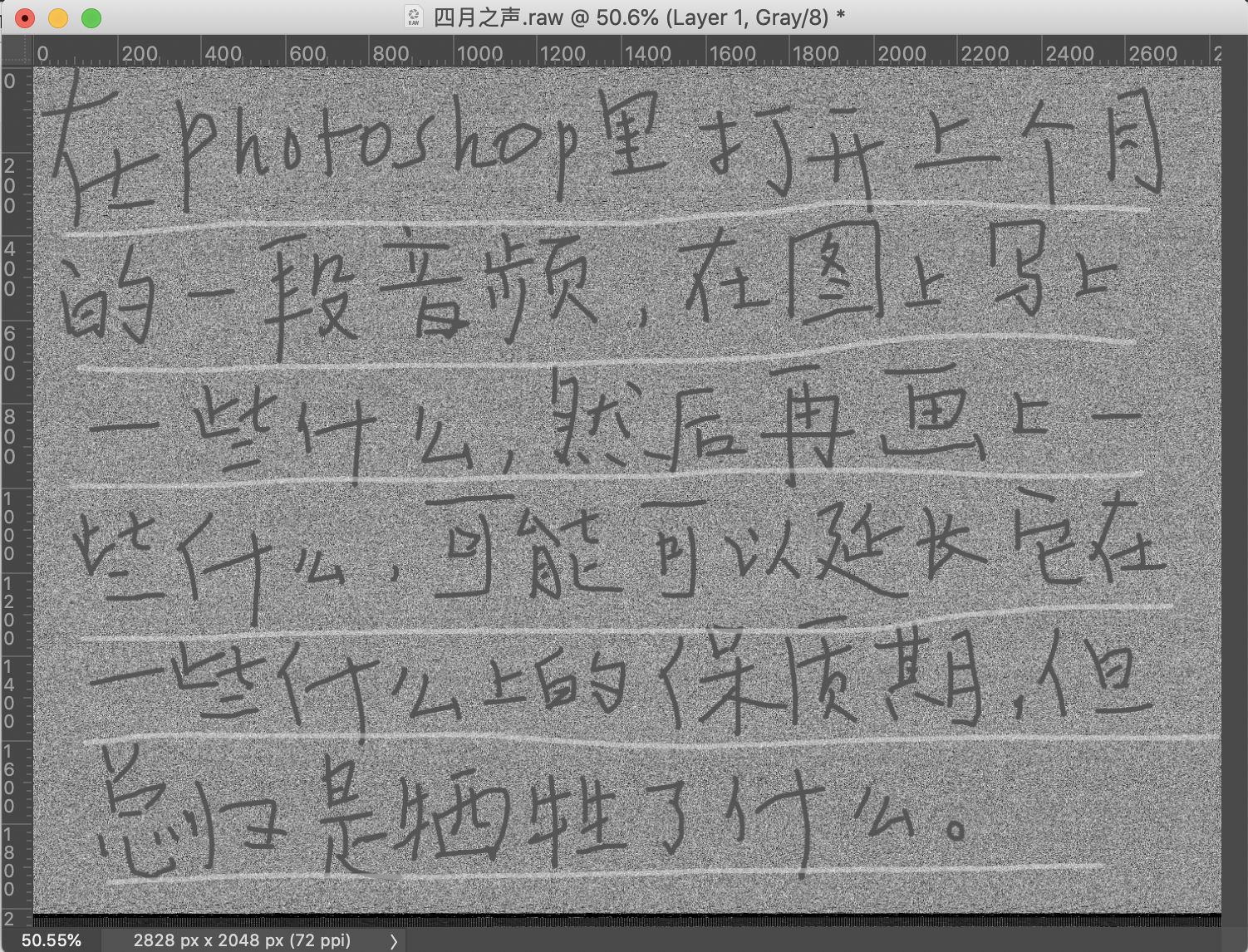
Feng Hangtian, independent music industry professional
Artificial Deadline (from 22:20)
“Humans define the ‘best’ date by which to use something based on the most practical of needs. Substances are slowly changing, and the overripe are weeded out in the competition. Under fixed rules, as the artificial deadline looms, people, love, a banana in the fridge, and a yellowed cloth gradually wither away. It’s a birthday, and a countdown.”
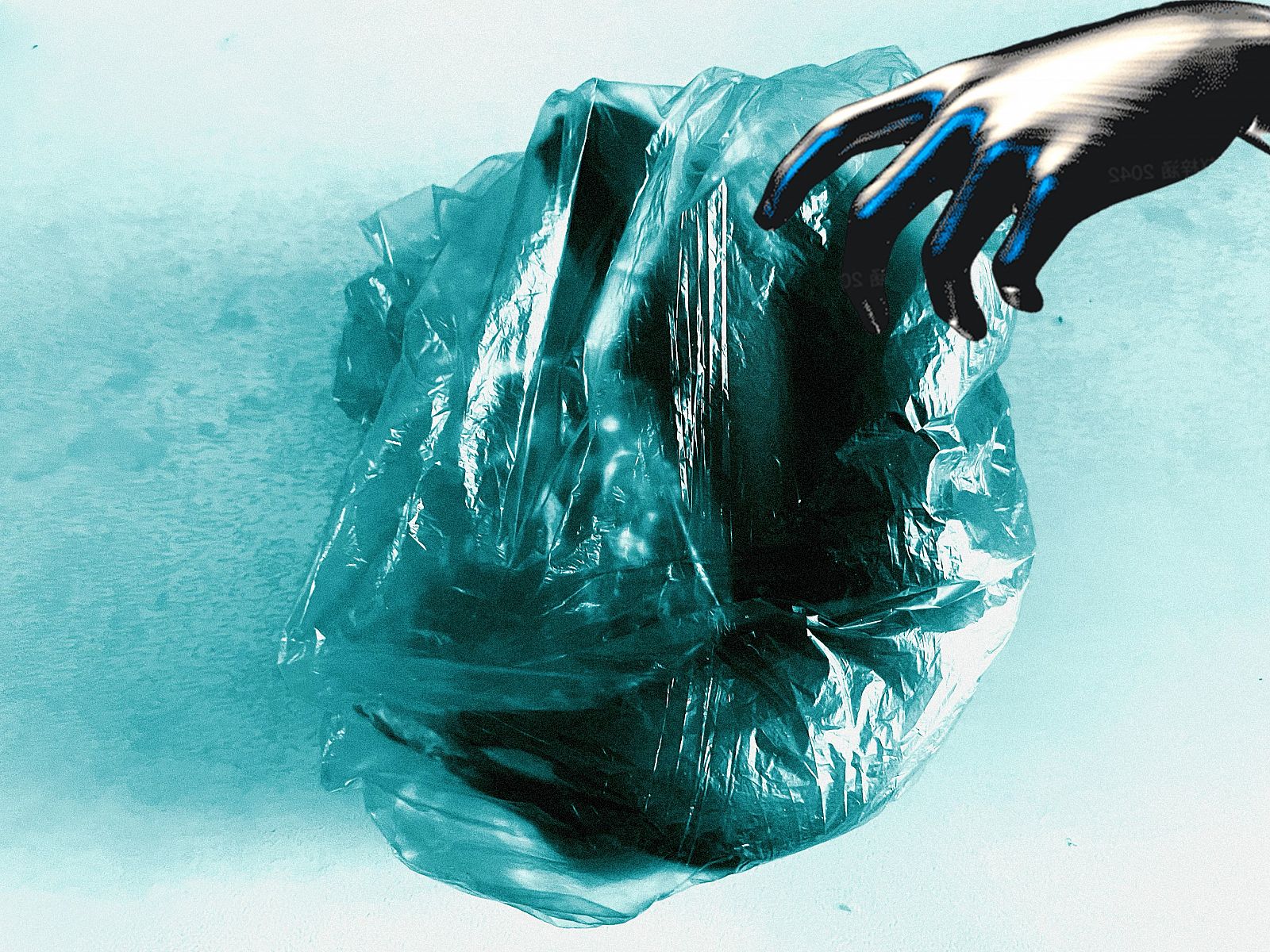
Li Suchao, Macalline Art Center researcher
The Practice of Everyday Life (from 27:00)
“Sixty days of riffs”
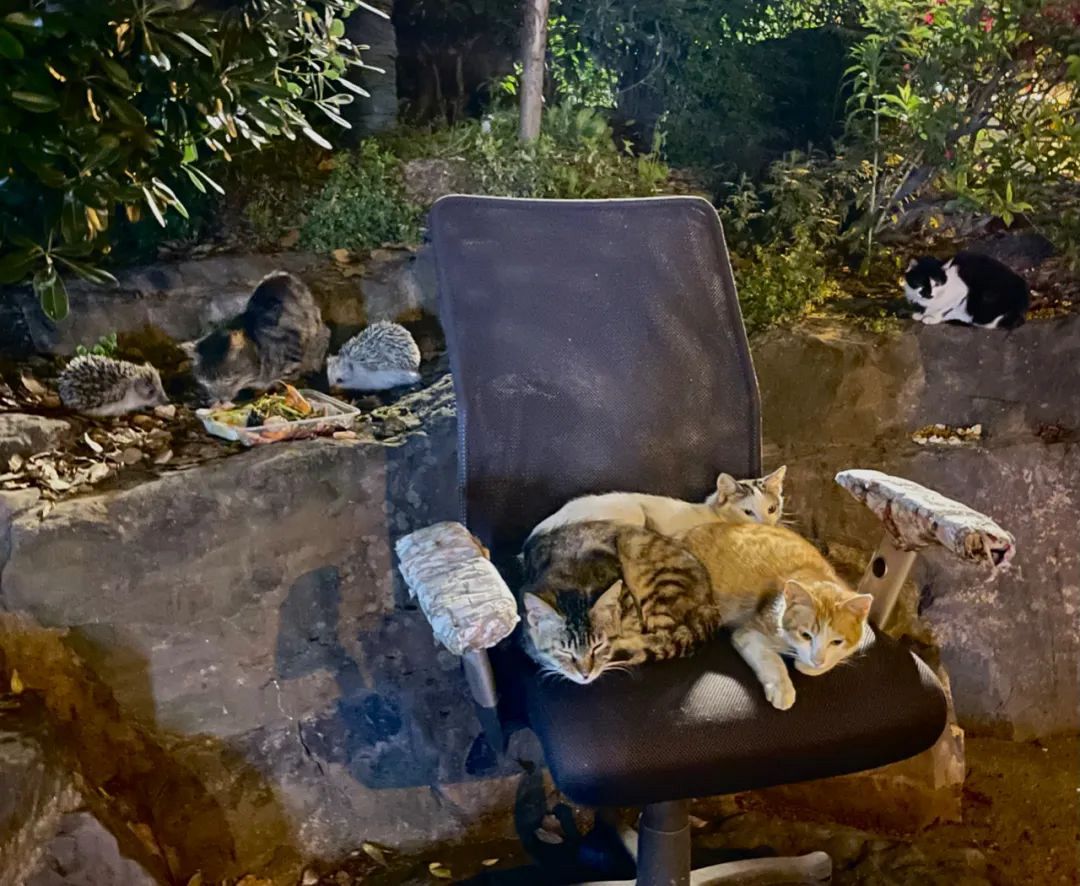
Sound Editing: Qin Jiaqi
Music: Bensound.com
The theme of the second episode is “My Myers-Briggs Personality Type.” Whether or not we believe the results of personality tests, the ways in which we receive the sounds and other information that surround us promise, at minimum, the possibility of choosing the everyday while we are at home. In this episode, we asked participants to provide sound works and the results of their Myers-Briggs test. Could observing these random and non-random connections become a delightful part of contemporary life?
Wang Liyun (ENTP), Worked in art for 12 years, learning by doing
An ENTP with INTP Friends Talks with an ISFP (from 1:27)
Information is homogenous, but what’s not homogenous is different personalities cobbling together that information.
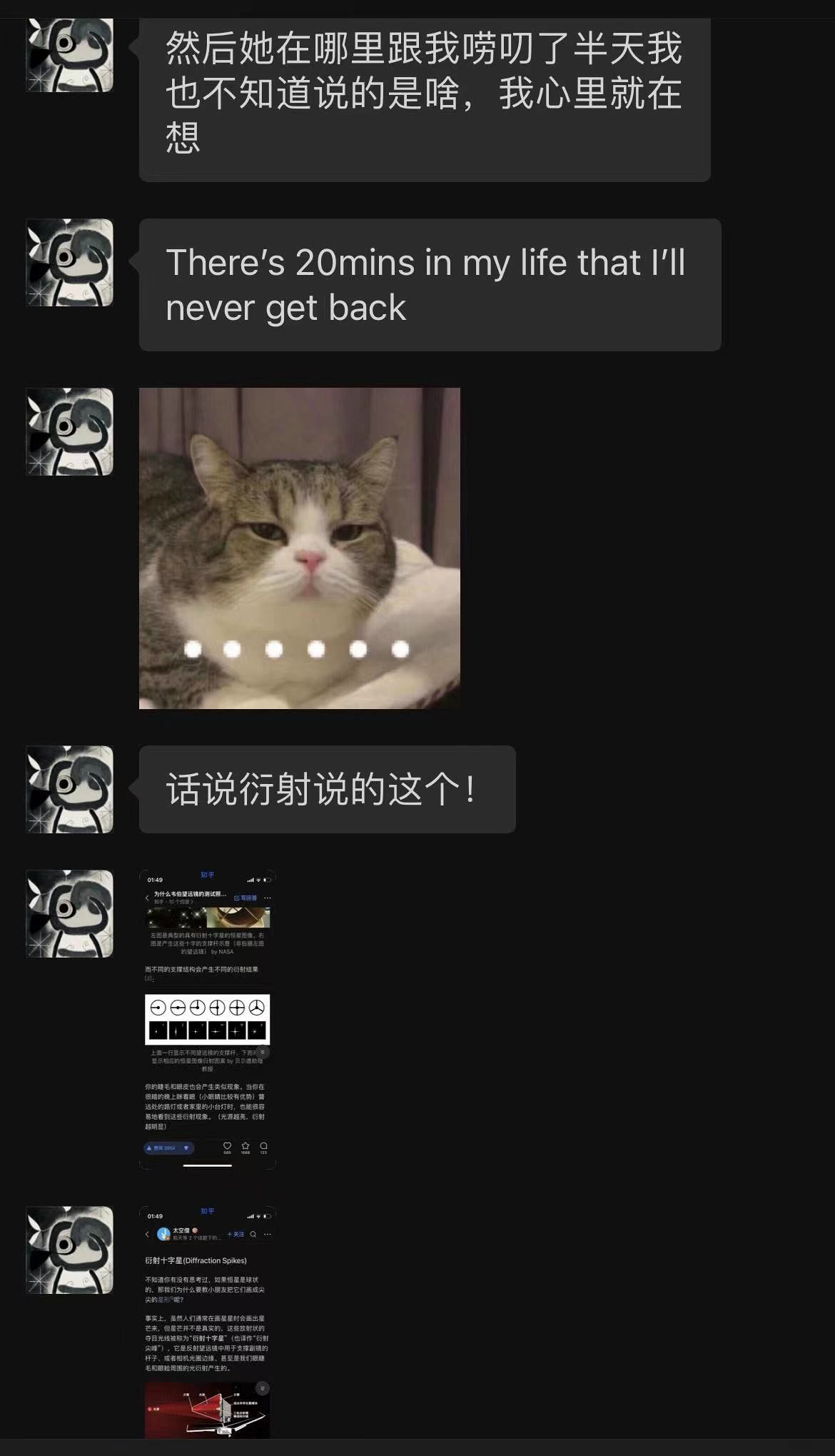
Fang Chenchu (ENFP/INFP), A lover of plants (particularly fragrant ones) and a killer of plants; currently at an independent art and publishing institution working on “local” events.
Birds and Plants Make Chattering Sounds (from 3:16)
Most of the time, I’m ENFP, but sometimes I’m INFP.
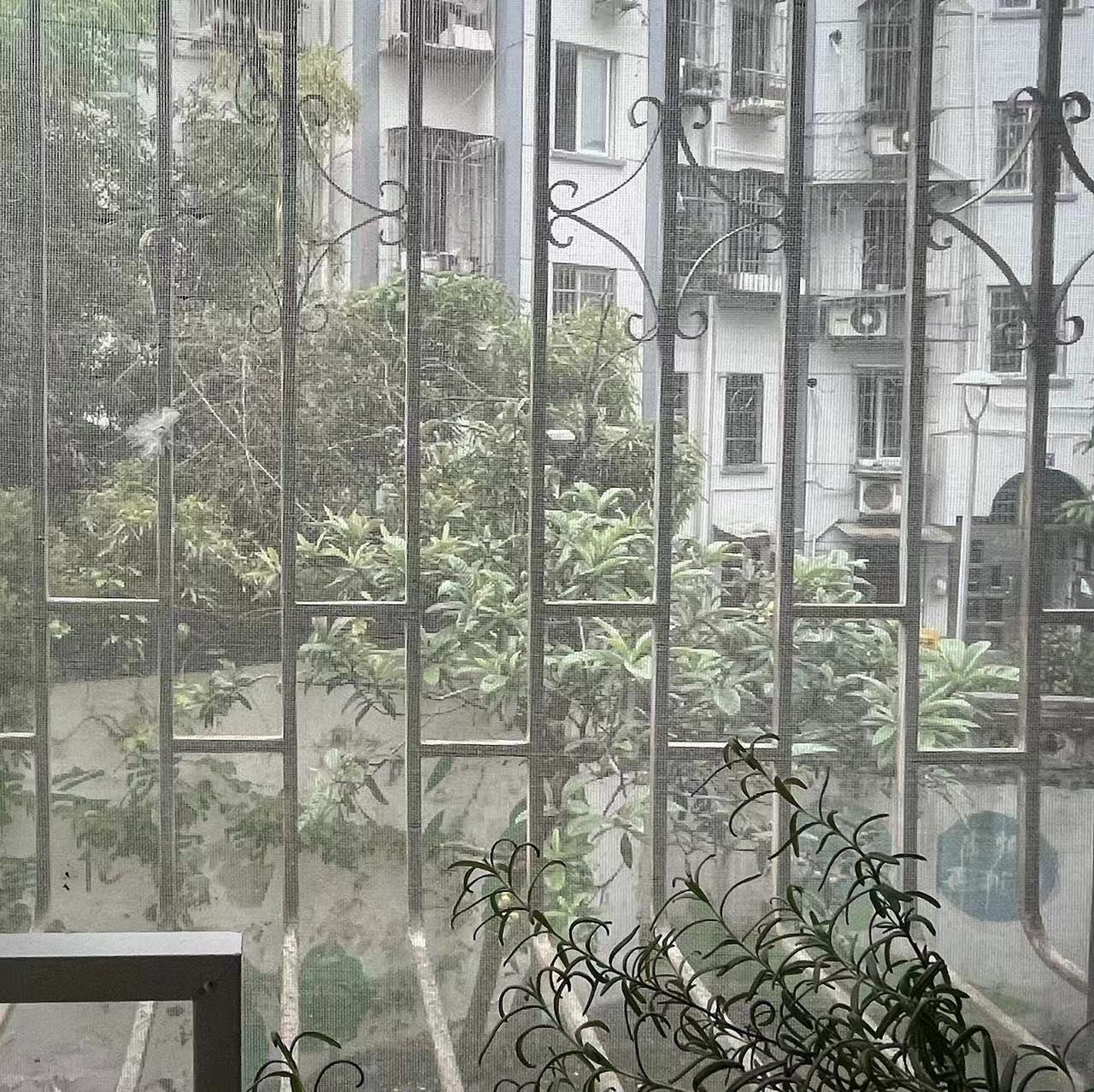
Mao Chenyu (INFJ), Artist
Shanghai Ghost(from 4:05)
Shanghai Ghost is guided by a sorcerer’s trance-like ritual. The installation of a city suspended in the sky represents an injured soul. The ritual is used to suppress that injured energy and guide the soul onward. I believe in ritual.
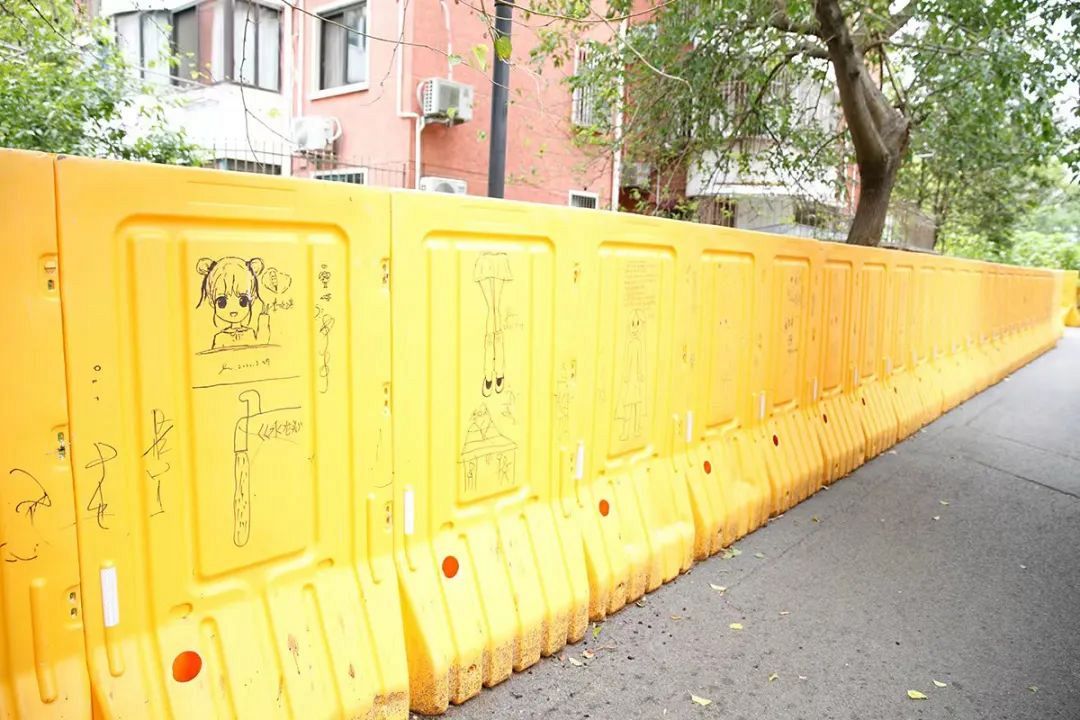
Guo Cheng (INTP), Artist
Countdown(from 9:07)
On my birthday, I hadn’t received the watermelon I had group-bought on Pinduoduo. In order to find a watermelon, I got through my neighborhood’s cordon. After I carefully confirmed that it had been stolen, I came back to continue counting my days.
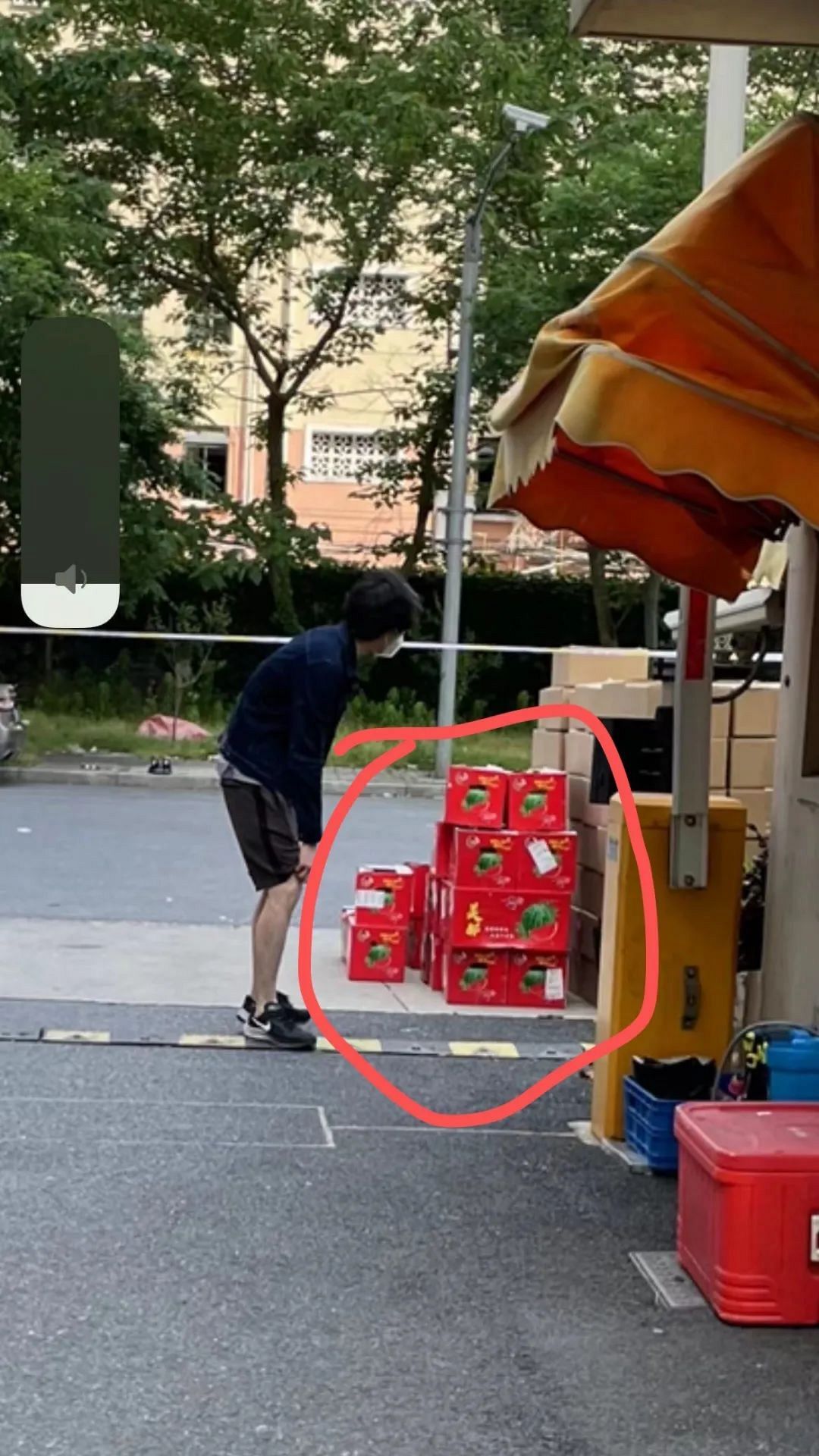
Sheng Wenjia (ESFP), Magazine editor
Static Life and Dynamic Testing (from 10:28)
In the silent life of isolation, sensations are static, but changes manifest after testing. Just like the flowers opening at home, they are static, but also beyond one’s vision.
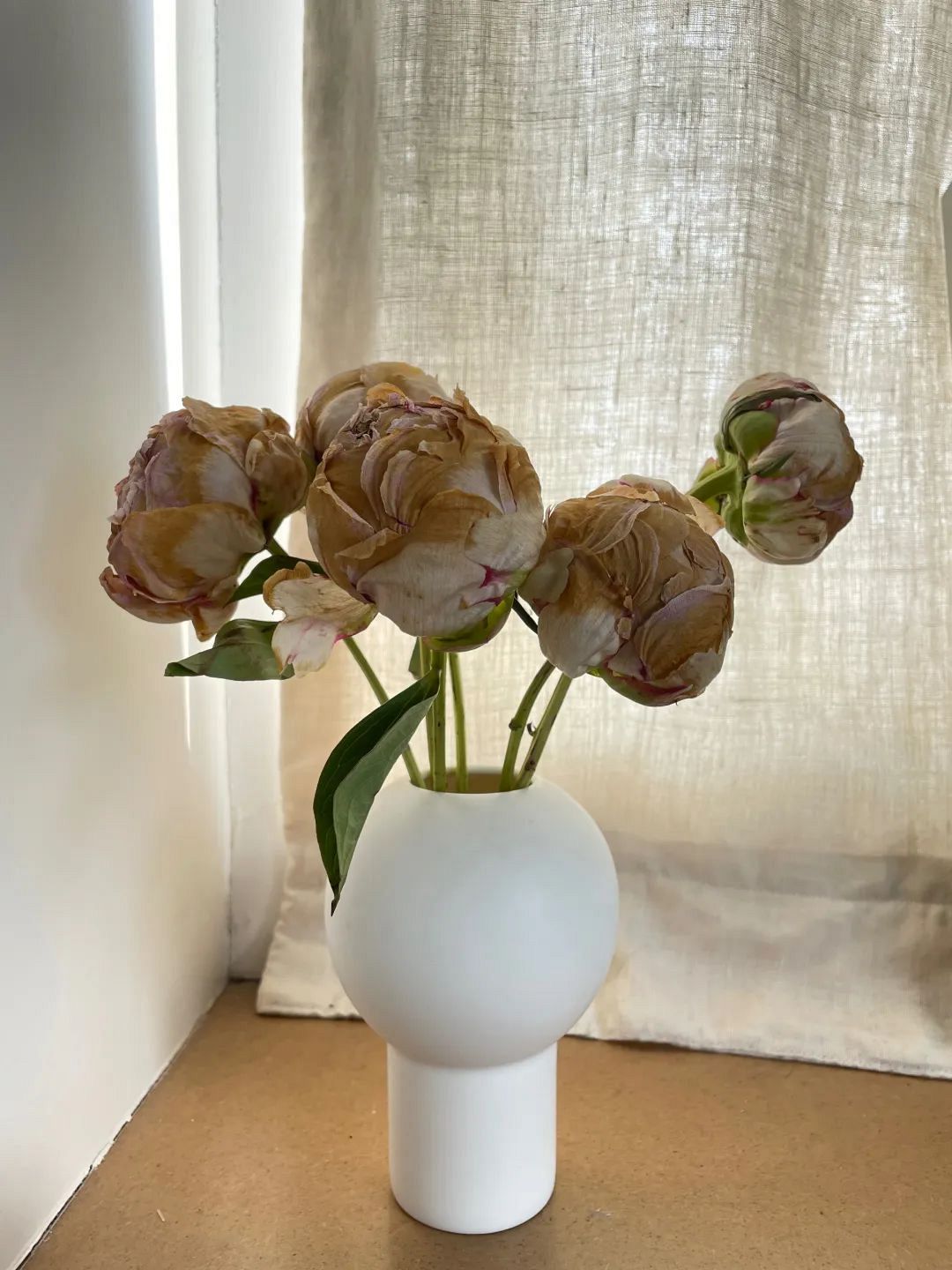
Ren Ruoxi (INFP), Artist, curator, Buddhist designer
A Moment of Introspection (from 13:12)
My most INFP time of every day is the few minutes in the morning just before I wake up. Tibetan Buddhism understands this half-sleeping, half-waking moment as “middle-life.” For me, the river of forgetting between utopia and reality can be heard when you close your eyes and linger in dreams. I represented the sounds around me when I had just woken up, giving them a sense of distance and hoping to magnify this power of introspection.
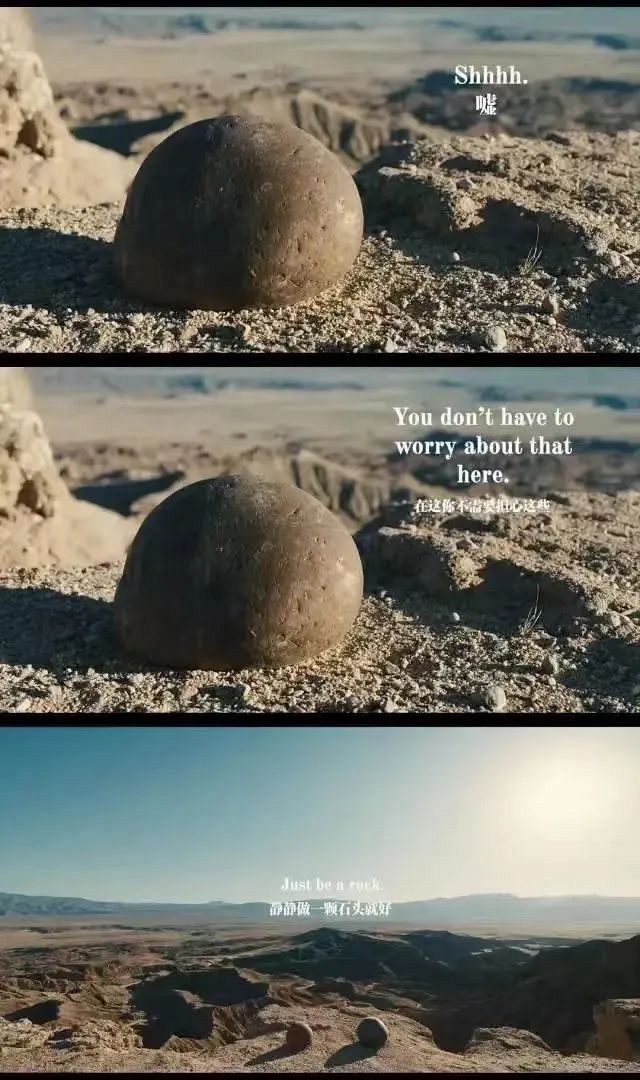
Che Xuanqiao (ENTP), An artist without space to exhibit
The Sound of the Sun and Moon Replacing One Another (from 14:19)
The initial hammering sound, which is the sound of a hand patting the bed, symbolizes dislocation and darkness. It’s like working people who take sleeping pills at sunset and gradually nod off. The other, more brittle sound that appears later is the sound of a hammer and nail. I hammered a nail. In the continuous ore layer, germs concentrate iron in the earth’s crust.
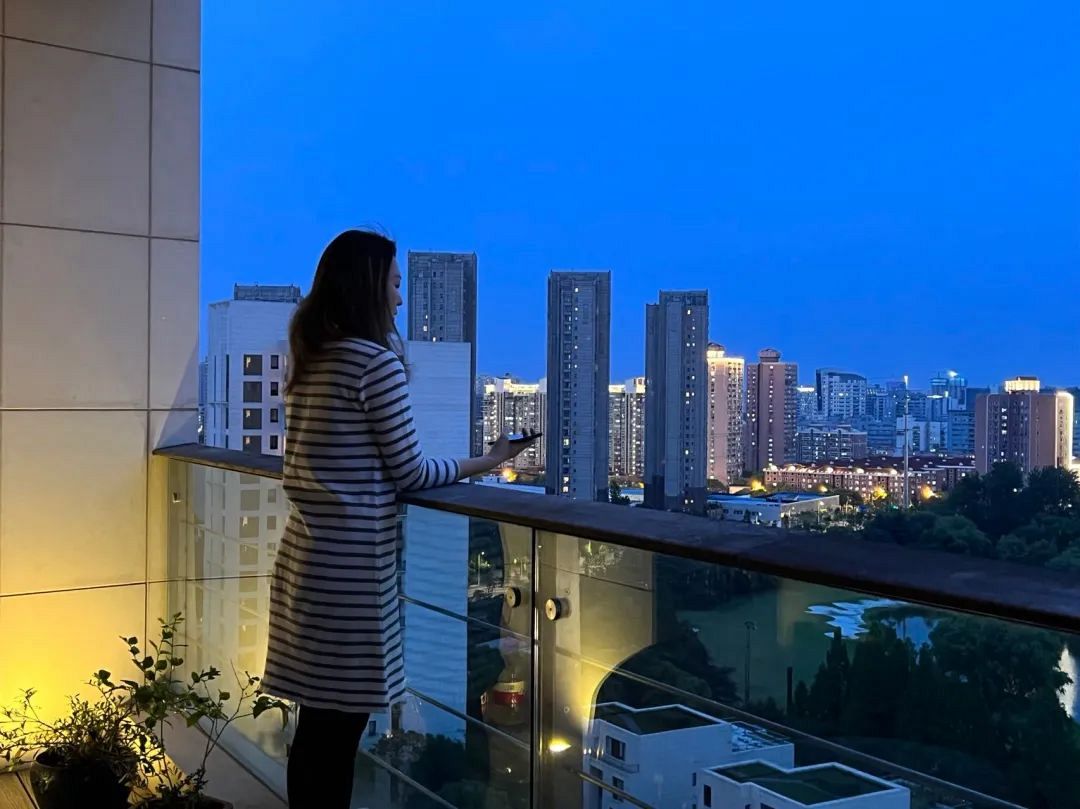
When did you go to sleep last night? After time at home, my body clock flew out of my control. Habitual parts of life have been reduced to three points on a line: bedroom, living room, kitchen. The boundary between sleeping and waking hours has been blurred, and the sunset and moonrise outside the window look like a PowerPoint automatically playing through its slides, responding to the lullaby of the washing machine’s rhythmic humming. When the natural environment becomes a manmade jungle, how can we find our own rhythms within a series of unpredictable changes? In this episode of “Stay at Home: 340 m/s,” we have invited a few of our friends to share their thoughts on body clocks and their pace of activity.
Zhang Hanwen, Artist
Every Generation Has Its Own......(from 01:19)
Just before the lockdown, a stray cat wandered into the yard near my studio. The cat excels at meowing and is a master of tea. She hangs around waiting for free food, drink, people, or a place to sit, which led to her name: Chacha (literally “tea-tea”). Whenever the community goes for morning testing, I encounter her begging by the door. Once or twice, she hasn’t been there, which makes me wonder where she is.
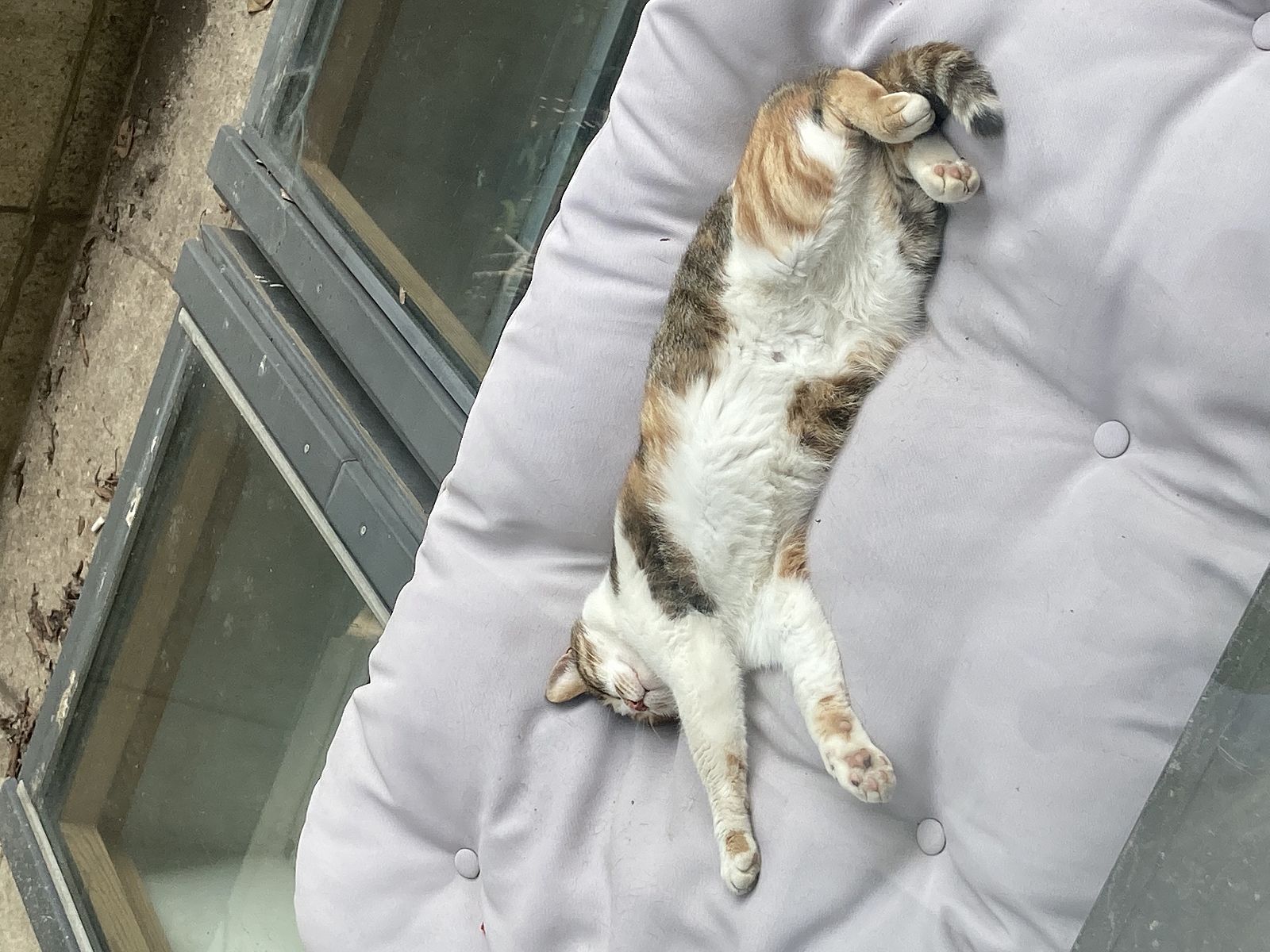
33EMYBW, Musician/artist currently living in Shanghai
Body Clock (from 03:41)
At 12:23 a.m., I was dreaming when the cat in the living room started meowing. I picked up my phone to record it, then went back to sleep.
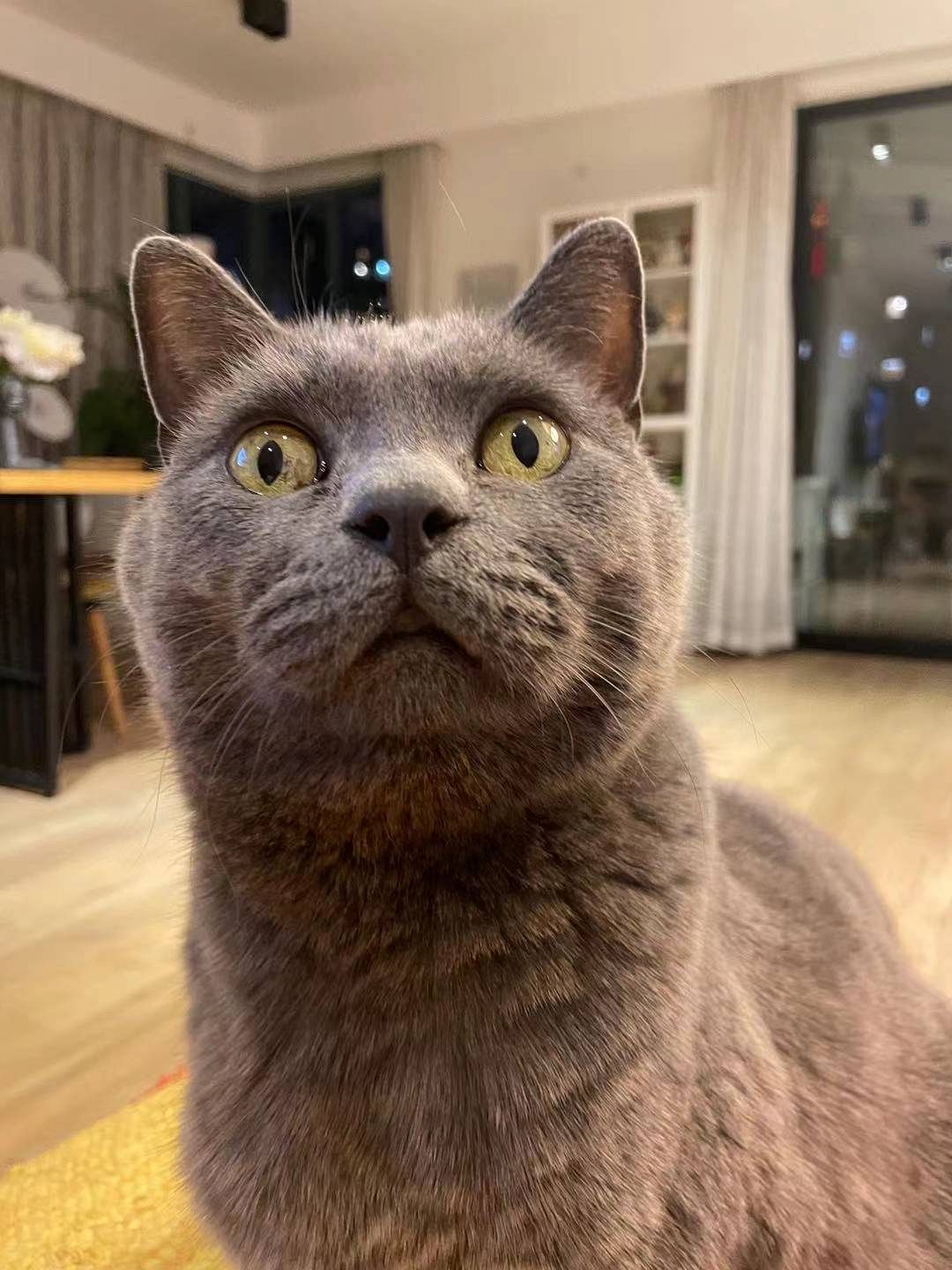
Hu Xiangqian, an farmer artist
2 June,05:42 p.m. (from 06:12)
Fear breeds body clocks.
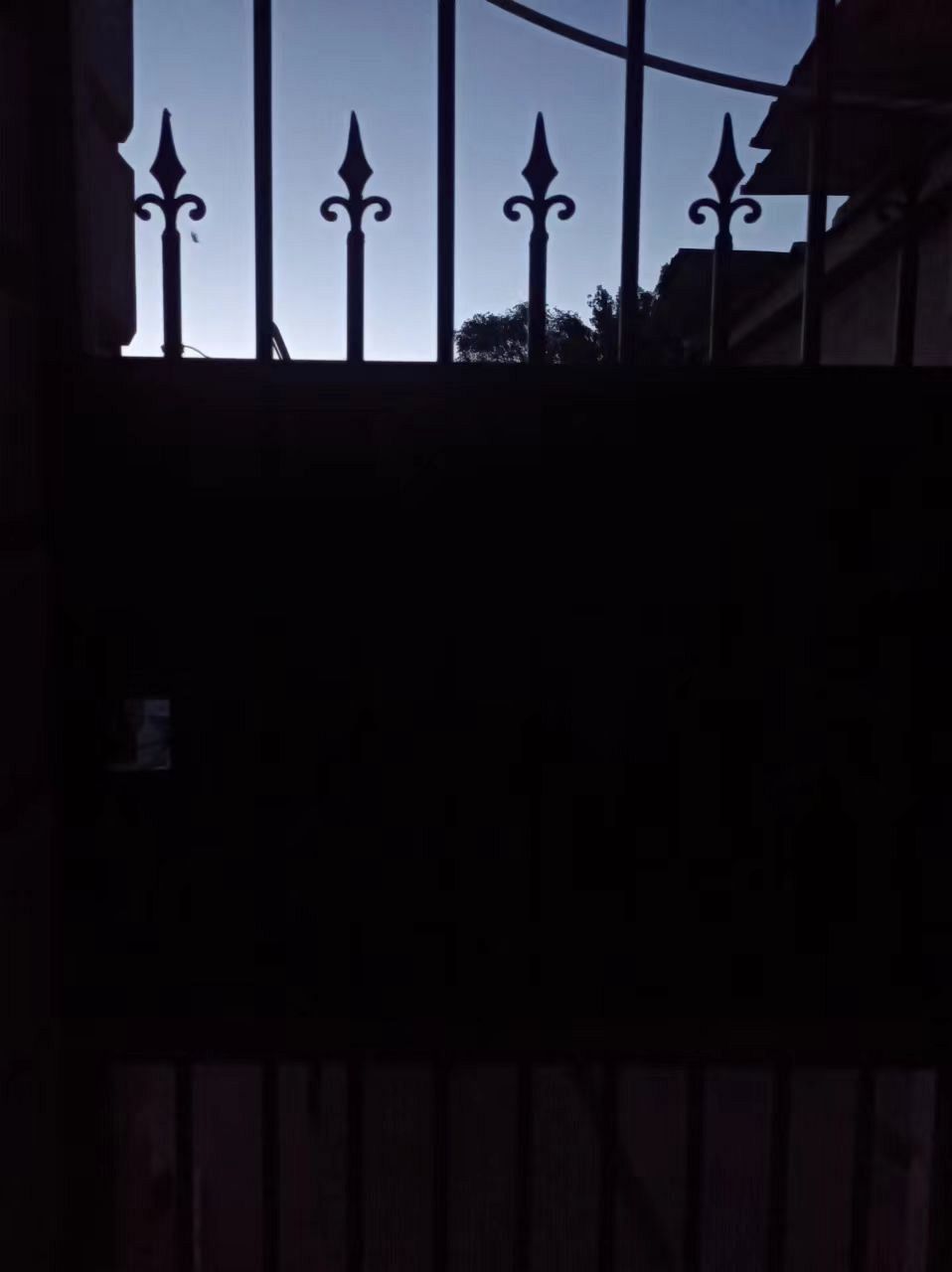
Chen Yujian, Art assistant with both cats and dogs
Dingdong Dingdong, Turn Off the Air-conditioner After 3 Hours (from 07:46)
In a sense, our body clocks are defined by organisms other than humans: cats mewing, dogs barking, mosquitos on a summer night, crickets on an autumn day, cyborgs (smart speakers), and micro-organisms (Covid-19 and gut bacteria).
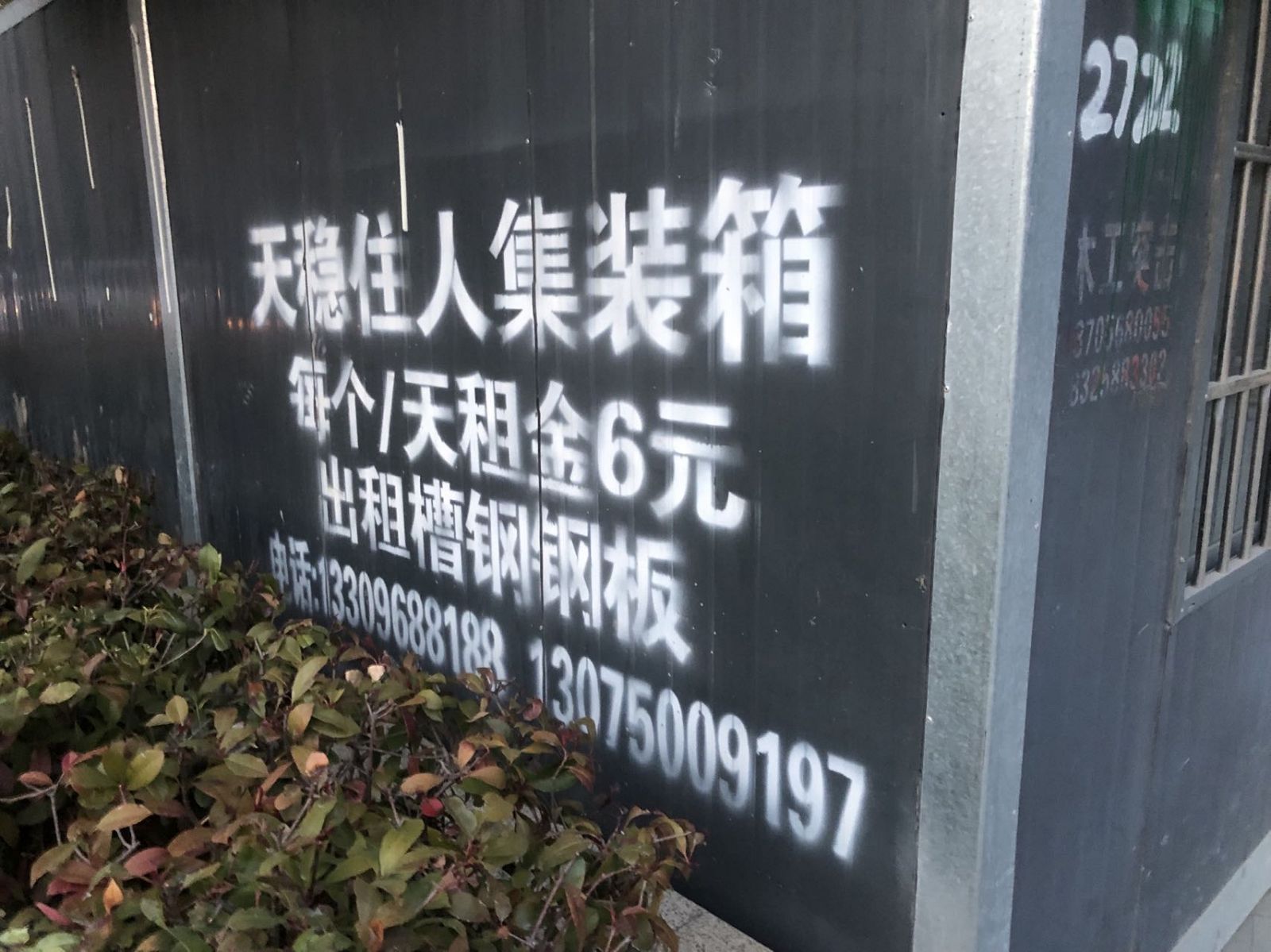
Chang Yuchen, Perpetual novice guitarist
Southern Kid (from 11:21)
I sang a song for everyone, hoping to provide a moment of comfort or distraction.
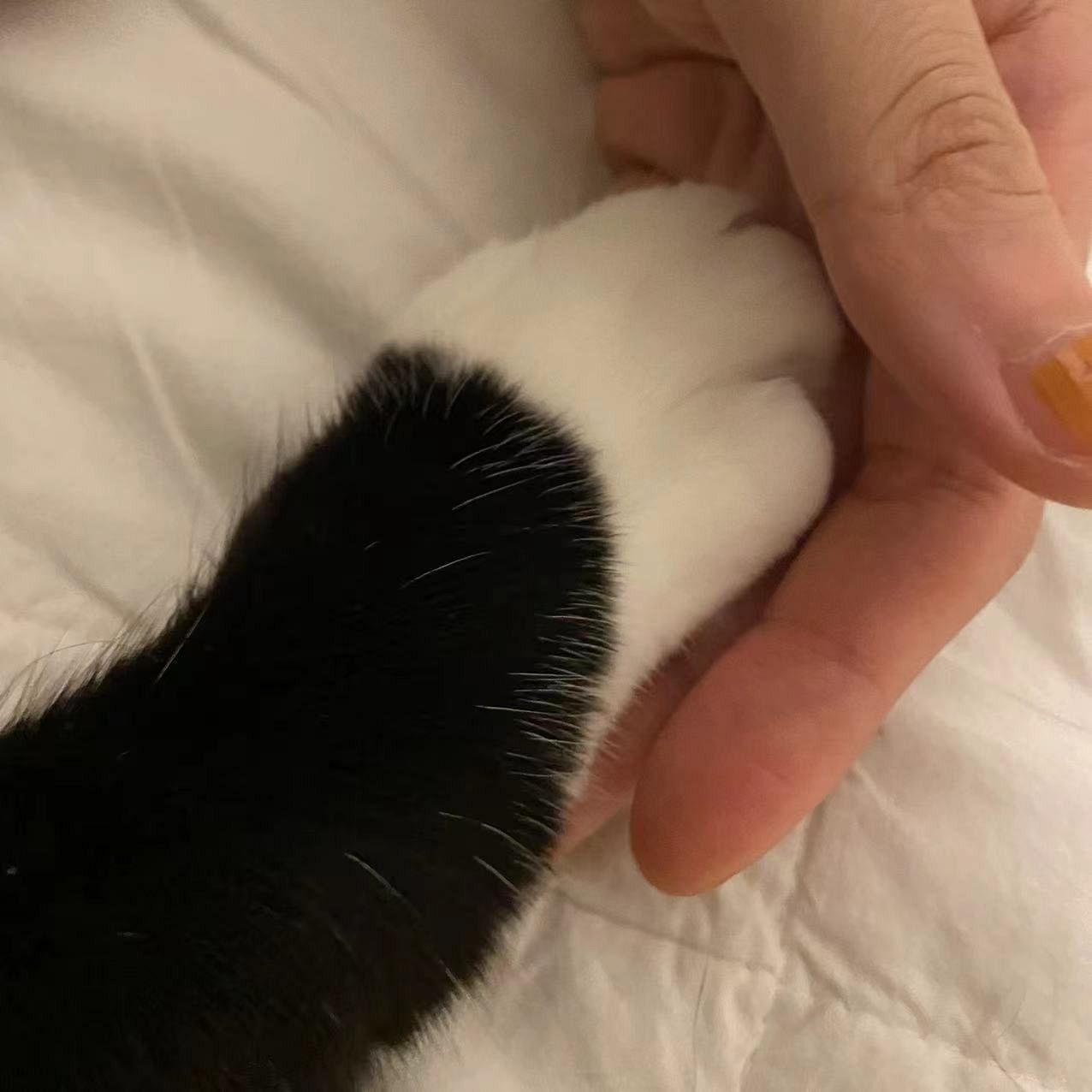
Huang Jiehua, Pug parent recently indulging in balcony gardening and archaeological history
One Minute in Beijing Railway Station (from 13:45)
After working from home for a month, I have kept up my level of activity. My way of preventing my body clock from getting out of whack is taking nighttime bike rides. On that day, I rode near what remains of the Ming city wall and took another turn, passing by the Beijing Railway Station. Tickets are not sold at the windows and there are many layers of barricades up. Just one minute away from 8 o’clock, “The East is Red,” the song played to mark the hour, resounded throughout the plaza. This is the first time that I have consciously, fully listened to the sound of the clock in the station. Since the station was built in 1959, this melody hasn’t changed; it’s just that now it’s likely done electronically (which still sounds an awful lot like a tolling bell). One minute later, the music had ended, and I was like a traveler who had just arrived in the station, following the arrivals signs out into the plaza in front of Beijing Station.

Ge Yulu, Living and working in Beijing’s exurbs, where drinking has recently caused an allergy to reappear
The Chimes of Tianxing Cave (from 15:29)
My first association with my body clock is my pattern of work and rest, but it’s also intermingled with my mother’s concern for me.
The body clocks of living things other than people are always ignored. At the beginning of this year, during the dry season, I visited the caves in Qiannan Prefecture in Guizhou. At that point in time, the caves were very peaceful; all you heard was the sound of dripping water. Two days ago, the locals sent me a video of the caves during the rainy season. Water surged from underground like a reverse waterfall; it was an unstoppable torrent that sounded like a thunderous bell. You felt that you would be engulfed by water if you weren’t careful. At that moment, an individual seemed extraordinarily small, and the black-and-white inversion of everyday life didn’t really seem worth mentioning. With a bitter smile, I decided to share the sound of Mother Nature’s body clock.
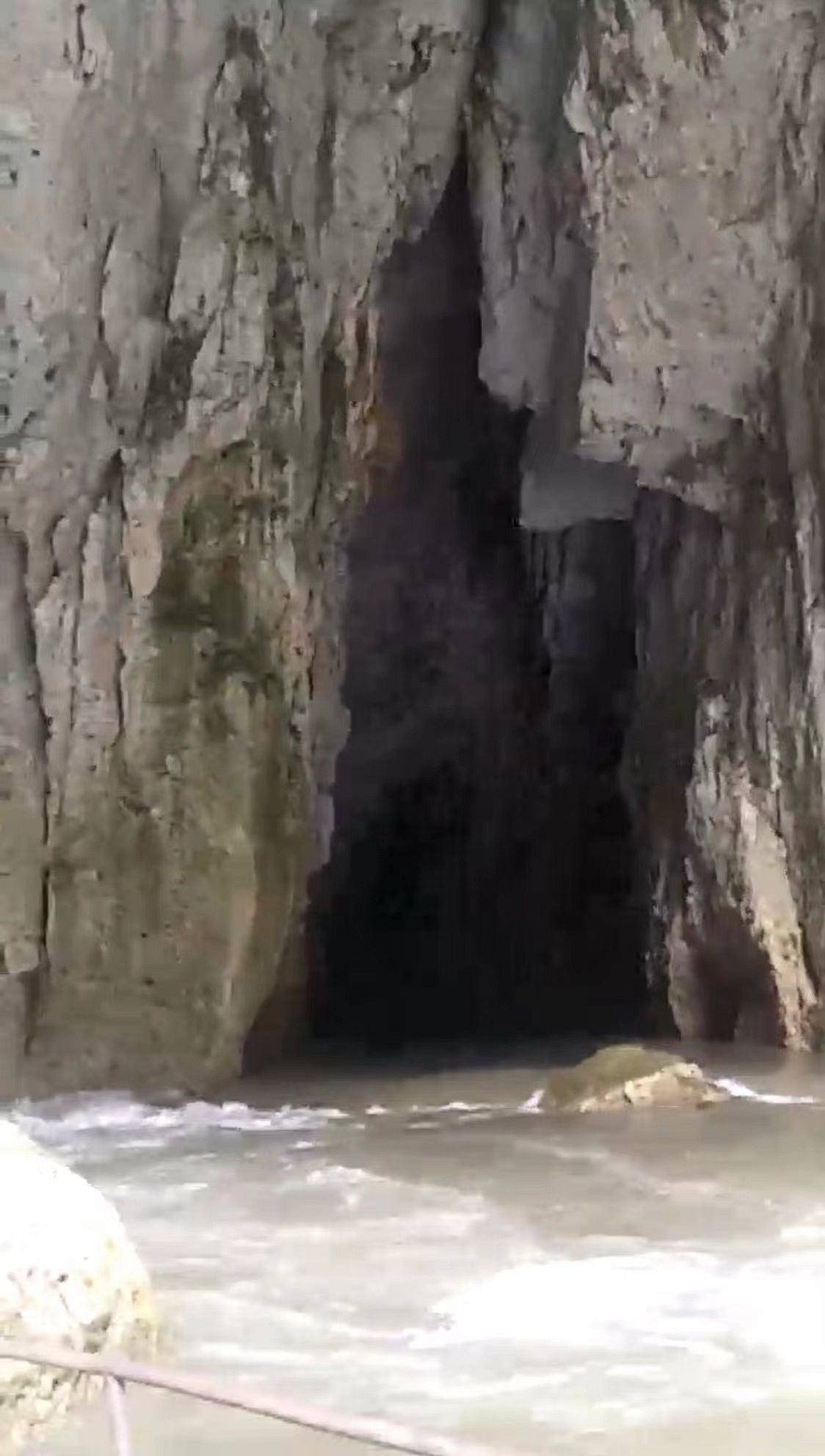
Ye Xuecan, Artist photographing large vegetable allotments and indescribable colors and relying on painting for energy
The Clock of the Cat (from 16:39)
On the days when you don’t need to leave the house, time becomes immaterial. More than seventy days of repetitive life eventually condense into one continuously looping day. The cat became my clock. Feedings three times a day helped my body to maintain its rhythm. Tomorrow they’re going to lift the lockdown, so the advertisements in the elevators have become cheerful and may cause her to dance a bit.
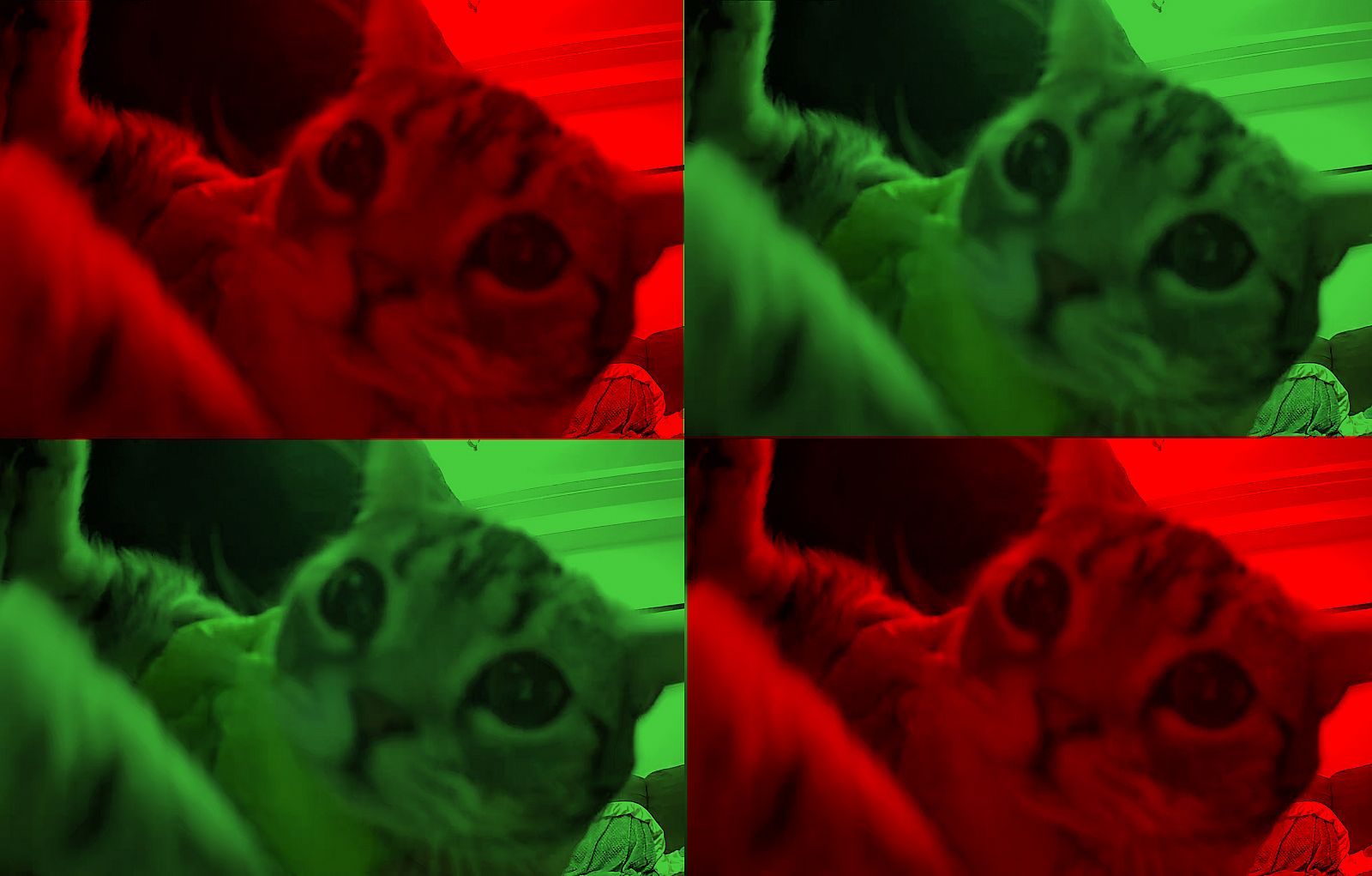
The word “trance” originally implied another kind of spiritual or mental state. When entering this unique state, people temporarily lose their self-consciousness; they drift into, get lost in, or appear distracted on the borderland of consciousness. Taking its name from the trance-like state it induced, this style of electronic music rose in Germany in the 1980s. The layered, progressive beat and rhythm brought listeners into an almost primitive emotional realm. In this episode of “Stay at Home: 340m/s,” several artists and musicians were invited to free-associate on the subject of trance. They have been asked to share, through sound, their mental states or spiritual experiences during this time.
Chen Zhou, Wants things to be simpler
Early Morning Revelry of Birds (from 2:10)
“Hello.”

Clement Huang, Psychoanalyst
Olympio’s Sadness (from 3:38)
“When our reflecting soul descends into our self
To count in our heart ice at least has forced to yield
Each fallen sorrow and each dream that’s been snuffed out
The way one counts the bodies on the battlefield,
Like the man who is searching, holding up a lamp,
The soul arrives with slow steps and by some dark stair –
Far from real objects and far from the mocking world –
At the innermost abyss of ourselves – and it’s there.“
-Victor Hugo, “Olympio’s Sadness,” translated by Steven Monte
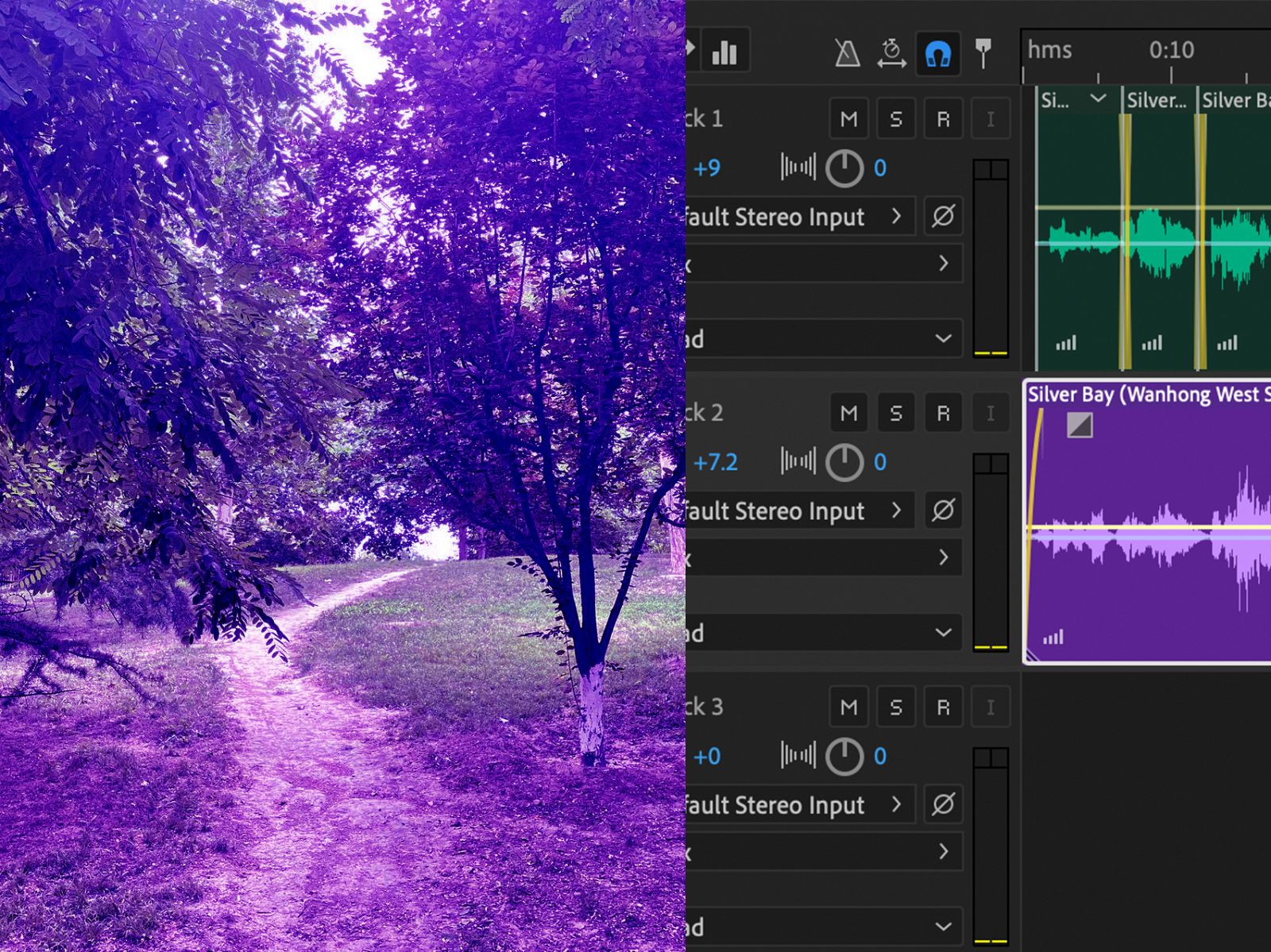
Lang Gang’ao, Artist
OUT (from 5:48)
/O(Oh)
/U(Urban)
/T(Trance)

Payne Zhu, Artist
Rumble in the Jungle (from 7:31)
His lips were like his ideas: both moved very fast.
On the stage for the finals of the Gluttony Cup, they conquered the world with the sound of swallowing.
One of them was faster than any computer. They spent all of their effort managing the subtle differences in perspective, speed, power, and intention within the eating world, which revealed the natural gifts and scientific prowess of a master eater.
The other was less science and more art; in switching between chewing and swallowing, the sound always contained the same message: “All you have left is that little bit of skill?”
“When I throw up after eating, I just need a chewing sound.”
“Can you add in a vomiting sound?”
...
“I feel like... I’m... being eaten!”
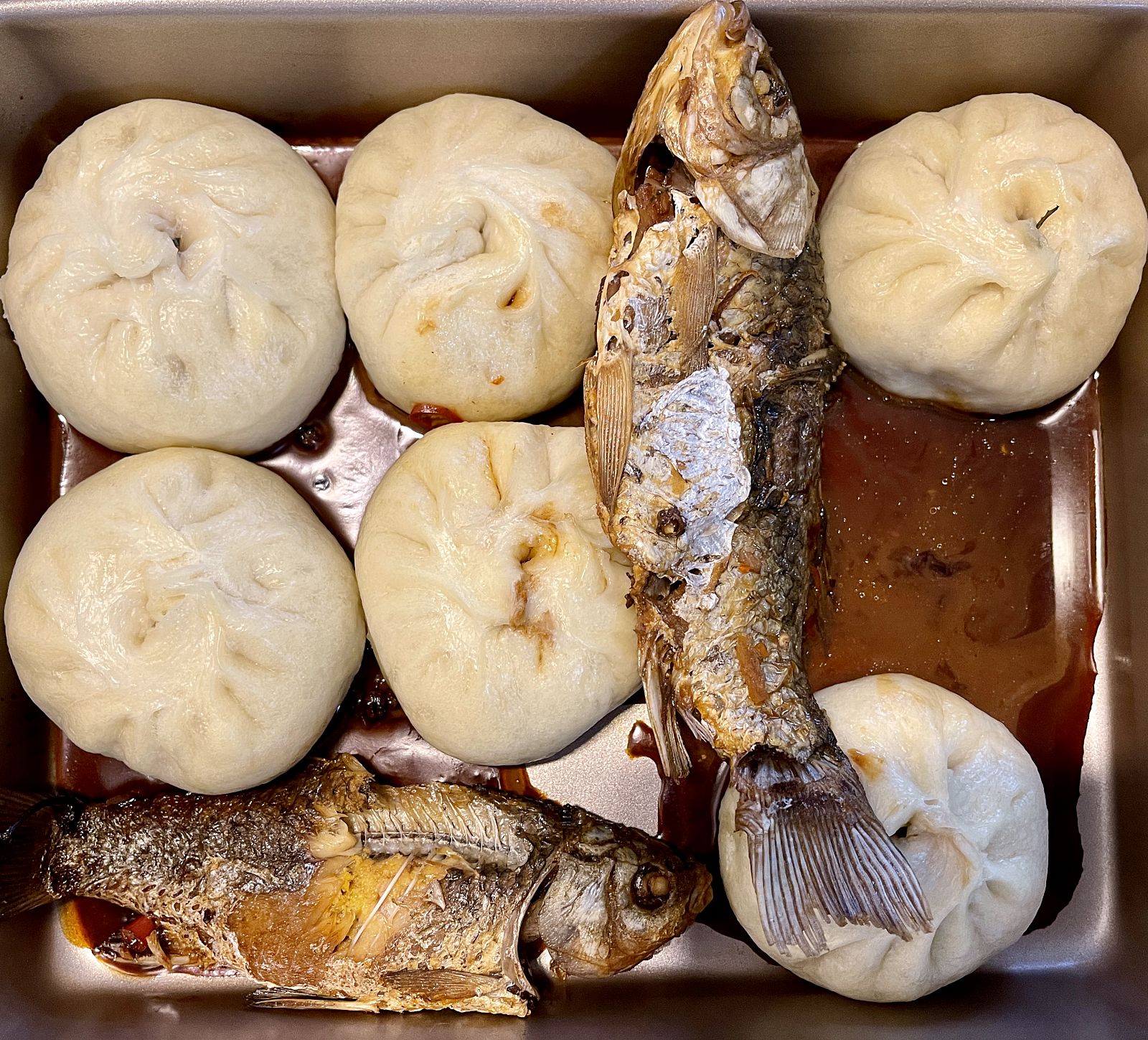
TENG, DJ and someone who wants to make good music
Nanchong – Chengdu – Ningbo – Shanghai – Chengdu (from 12:37)
“Gathering, arriving, parting, and leaving. I just feel that the majority of life is related to choice, control, and helplessness. Goodbye.”
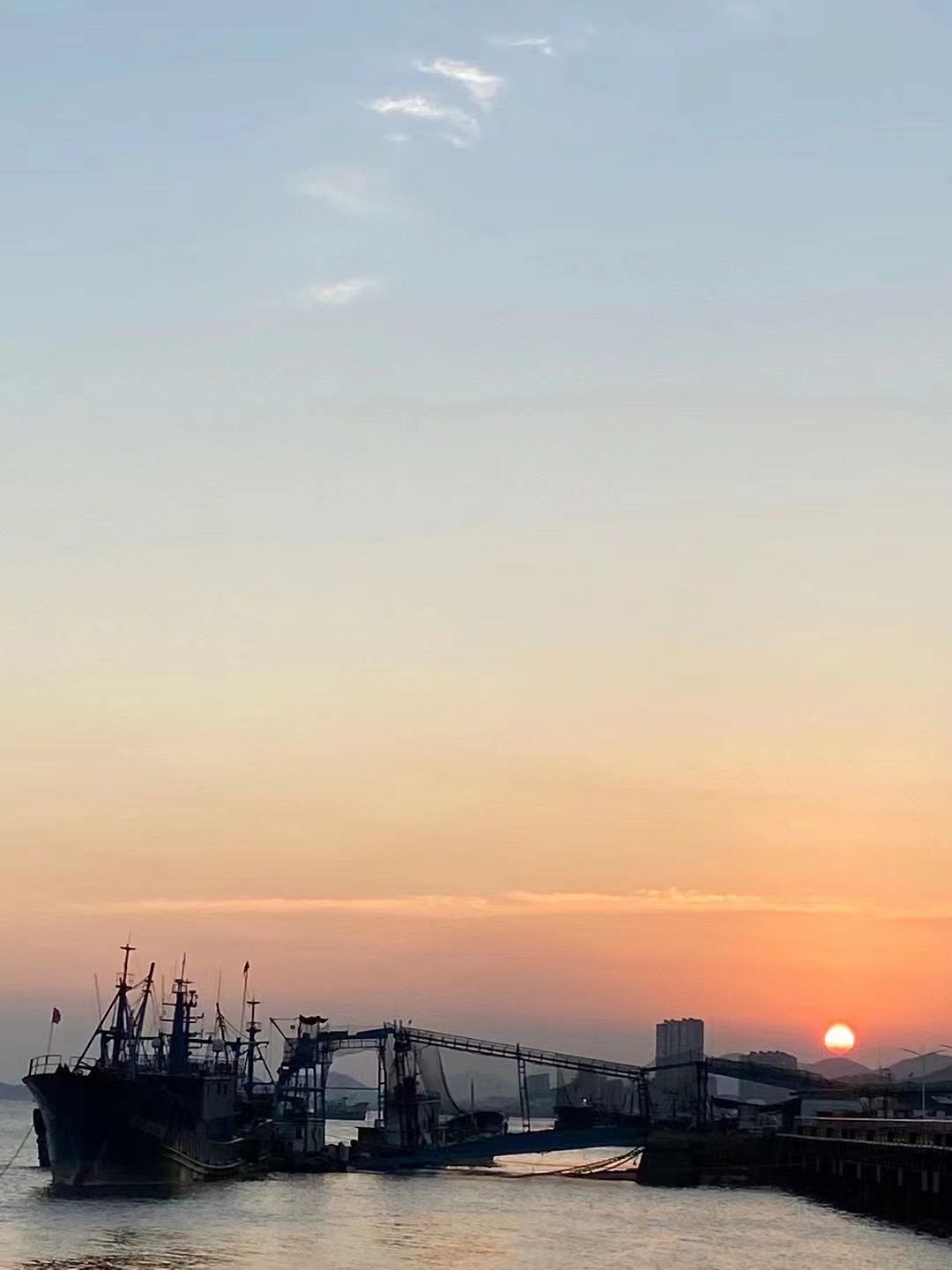
Boat Zhang, Artist
Why Hair doesn’t Feel Pain (from 14:52)
“I’ve been stuck in Tokyo since the pandemic began, and I haven’t been able to get back my favorite dresses and records that I left in Shanghai. I decided that I wouldn’t cut my hair until I got back to Shanghai. Now, two and a half years later, my hair reaches my waist. When my hair first reached my waist, it was such a pain! Of course, I have to cut my bangs once a week. When it gets cut, I always wonder why the hair doesn’t feel pain.”
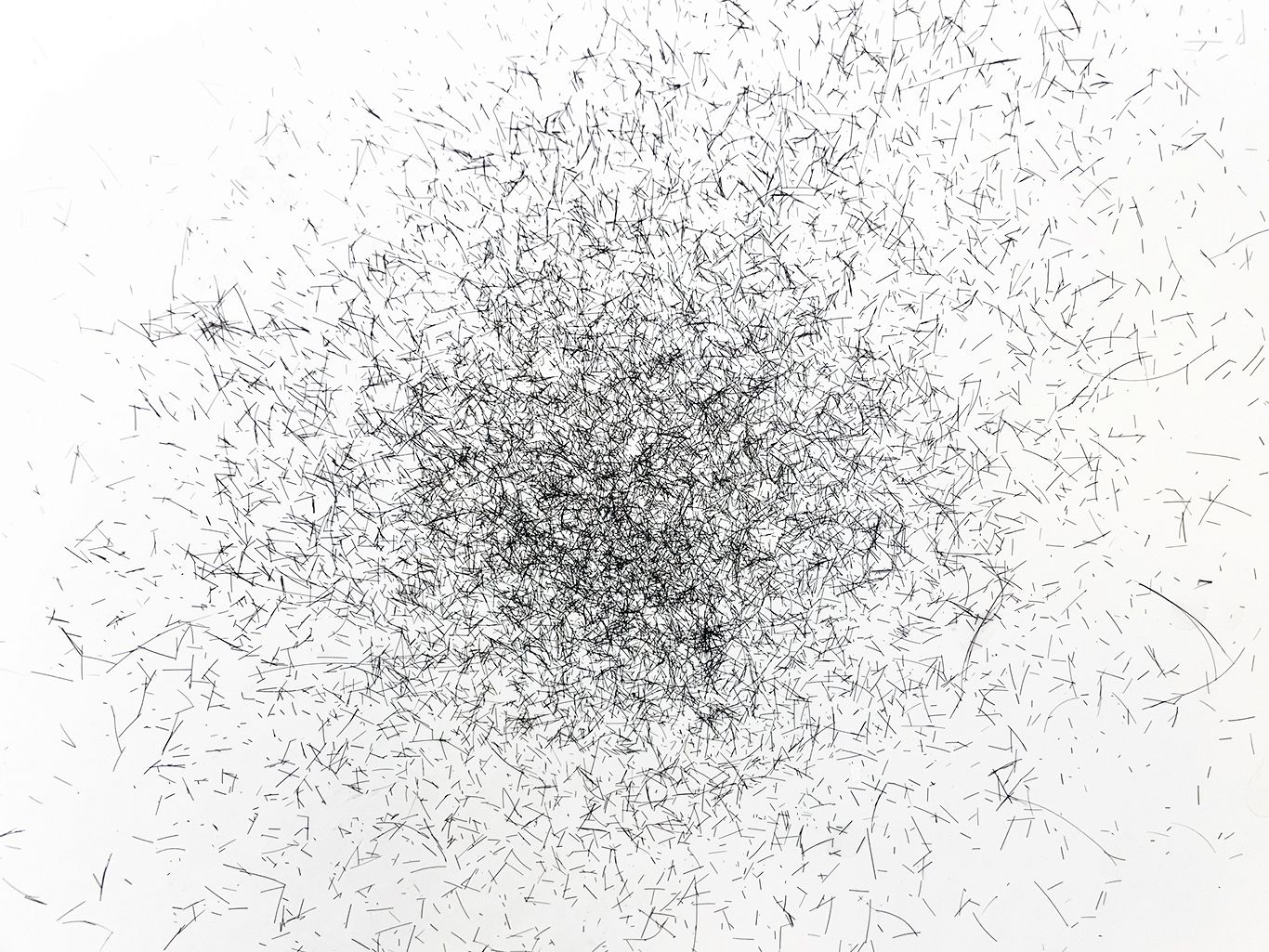
Zhao Mengsha, Editor, Peasant who worries that the hydrangea she brought back from a business trip will die
Exit Only, No Admission (from 15:59)
“I traveled from a city with stars to a city without stars. The train stations are a conduit or an Anywhere Door between cities. From the moment my feet touched the ground, I knew that this world was different. A woman muttered in my ear, telling me to listen. There were new rules and a new order, and I had to keep track of the red piece of paper in my hand. You can leave this world but not enter it; you can’t turn back.”
